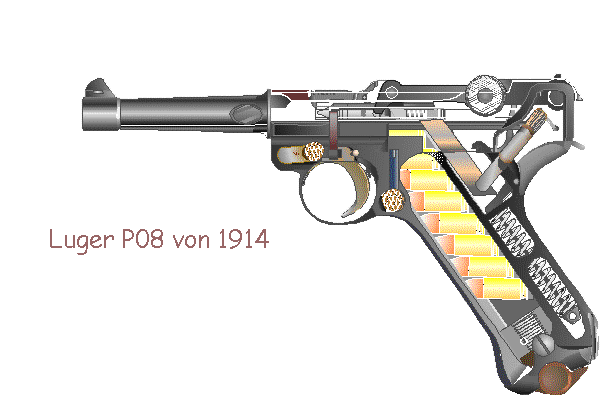Zanad
Member
the circular gas system on another thread got me thinking about an idea...
Could you theoretically get rid of all springs in a gun?
the drawing does not show where the hammer that activates the firing pin. That is located in between the arm.
it does not show a slight off center on the center hole. it should be higher than where it is to help move the armature in a clockwise rotation.
I haven't figured out if it could be a gas impingement or simple blow-back because I don't know if it would work.
this would most likely be used in some sort of bull pup system.
So, like it, hate it, ways to improve it?
thanks.
comments?
Could you theoretically get rid of all springs in a gun?
the drawing does not show where the hammer that activates the firing pin. That is located in between the arm.
it does not show a slight off center on the center hole. it should be higher than where it is to help move the armature in a clockwise rotation.
I haven't figured out if it could be a gas impingement or simple blow-back because I don't know if it would work.
this would most likely be used in some sort of bull pup system.
So, like it, hate it, ways to improve it?
thanks.
comments?
Attachments
Last edited:




